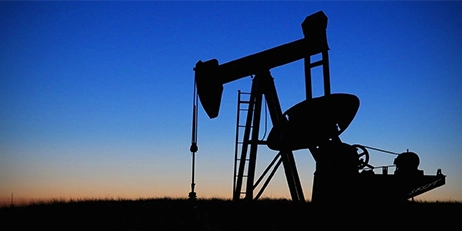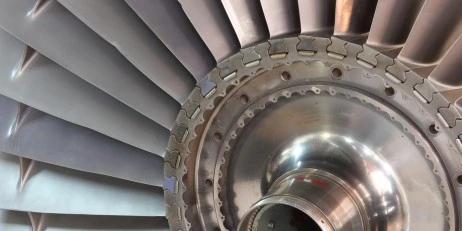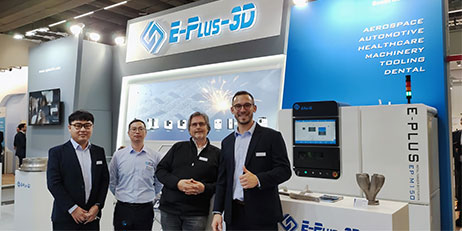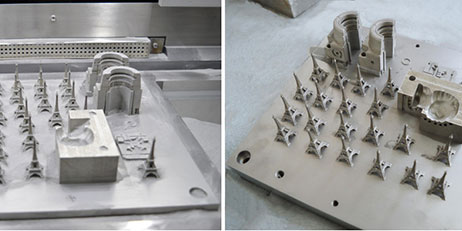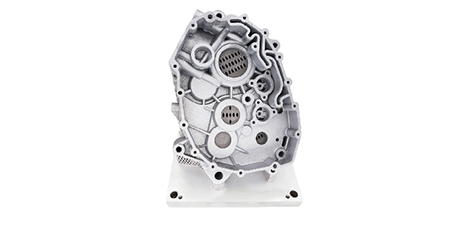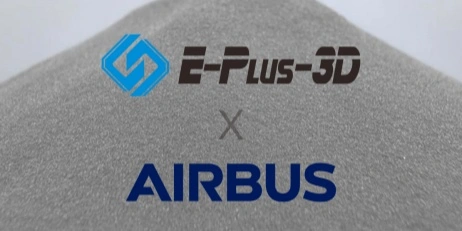In the modern world, technology is continually advancing, and the oil and gas industries are not being left behind. The use of 3D printing technology is fast becoming a standard in these industries, and several oil and gas companies have already adopted this technology to gain a competitive edge. 3D printing is gradually revolutionizing the industry by reducing costs and increasing efficiency.
What is 3D printing for oil and gas?
3D printing for oil and gas is the application of 3D printing technology to the oil and gas sector. It allows companies in the oil and gas industry to build physical objects quickly and cost-effectively, using a variety of materials such as plastics, metals, and polymers. These objects can range from complex parts and components to entire drilling tools and rigs. 3D printing has enabled companies in the oil and gas sector to rapidly prototype and manufacture complex designs and components that would otherwise take months to produce.
Benefits of 3D printing for oil and gas
The use of 3D printing in the oil and gas sector has several key benefits. Firstly, 3D printing can significantly reduce design and prototype costs. By eliminating the need for traditional manufacturing processes, companies in the oil and gas industry can reduce material costs, as well as the time and effort needed to produce complex components. 3D printing also allows for faster prototyping and testing of parts and components, which can result in improved efficiency when it comes to the development of new products.
Furthermore, 3D printing also enables companies to print custom parts and components on-demand, saving time and money in the process. This means that if a part is needed on a job site, it can be printed and shipped quickly, reducing the need to wait for a shipment from another location or to order custom parts.
3D printing for oil and gas drilling
3D printing technology is also being used in oil and gas drilling. By using 3D printing, companies are able to quickly manufacture custom drill bits, as well as complex downhole motors, drill rigs, and other components quickly and cost-effectively. These components can then be used to increase drilling efficiency and reduce the cost of drilling operations.
In addition, 3D printing can also be used to create more precise and complex components that would otherwise be too difficult or time-consuming to manufacture. These components can then be used to improve the performance of oil and gas operations and increase safety by allowing for more accurate and efficient drilling operations.
Overall, 3D printing technology is quickly becoming a must-have in the oil and gas industries. By reducing costs and increasing efficiency, 3D printing is revolutionizing the way that oil and gas companies operate. With its ability to quickly produce custom parts and components, as well as complex drilling systems and rigs, 3D printing is making a major impact in the oil and gas industry.
